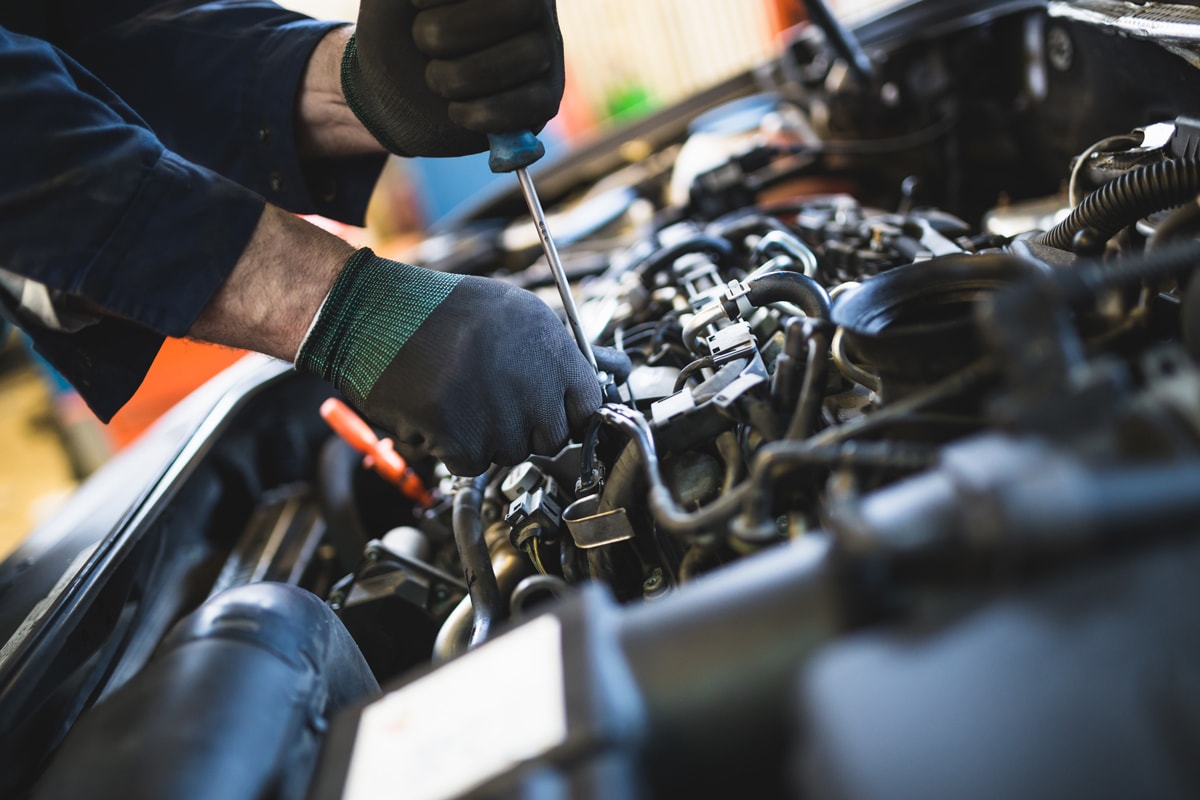All Categories
Featured
Common Mistakes to Stay Clear Of When Keeping Your Vehicle
Regular maintenance is important to maintain your vehicle running smoothly, enhance its life expectancy, and prevent pricey fixings. Nonetheless, also sympathetic vehicle proprietors can make errors that undermine their vehicle's performance and safety. Understanding what to stay clear of is just as important as knowing what to do. Right here are some common upkeep errors and ideas on just how to guide clear of them.
- Disregarding Regular Oil Changes. One of one of the most regular and costly mistakes is missing oil adjustments. Engine oil lubes and cools your automobile's engine, preventing deterioration on moving parts. Gradually, oil breaks down and becomes less reliable, resulting in raised engine rubbing and possibly severe damage. Follow your producer's advised oil adjustment periods and constantly utilize the appropriate oil kind for your lorry.
- Disregarding Caution Lighting. Dashboard warning lights are your car's means of alerting you to potential concerns. Numerous chauffeurs overlook these lights, presuming the issue is minor. Nonetheless, neglecting a check engine light, brake system sharp, or low oil warning can result in pricey repair work and considerable troubles. Always address warning lights without delay by consulting your owner's manual or taking your vehicle to a relied on mechanic.
- Skipping Tire Maintenance. Tires play a critical function in your auto's efficiency, gas effectiveness, and safety and security. Failing to inspect tire pressure, turn tires regularly, or examine for wear can cause irregular tread, reduced fuel economic situation, and harmful blowouts. Utilize a tire stress scale to preserve the suggested PSI, check tread deepness with a dime test, and revolve tires every 5,000 to 7,500 miles for even use.
- Forgetting to Replace Filters. Air filters and cabin filters are typically ignored throughout routine maintenance. An unclean engine air filter lowers airflow, impacting fuel effectiveness and engine performance, while a blocked cabin air filter can reduce air movement inside the automobile and compromise air quality. Replace these filters as per your auto's upkeep routine, or more frequently if you drive in messy conditions.

- Using Inaccurate Liquids. Cars rely on different fluids, consisting of transmission fluid, coolant, and brake fluid, to work appropriately. Utilizing the incorrect type of fluid or ignoring to inspect and change fluids can result in severe mechanical concerns. Constantly consult your proprietor's manual to ensure you're utilizing the correct fluids and stick to the substitute intervals.
- DIY Fixes Without Appropriate Knowledge. While do it yourself fixings can save money, attempting complicated repair services without the right devices or expertise can do even more harm than excellent. As an example, poorly changing brake pads or timing belts can endanger vehicle safety and security. Stick to standard maintenance jobs like altering wiper blades or air filters and leave complicated repairs to licensed professionals.

- Postponing Scheduled Maintenance. Suppliers give a maintenance routine tailored to your car to maintain it in optimum problem. Postponing necessary solutions like brake assessments, ignition system replacements, or timing belt adjustments can cause expensive repair services down the roadway. Adhere to the timetable laid out in your proprietor's manual, even if your auto appears to be running penalty.
Final thought. Keeping your car does not have to be made complex, however avoiding common errors is key to maintaining it in top shape. By following your producer's suggestions, attending to issues quickly, and consulting specialists for complicated jobs, you'll appreciate a safer, a lot more reliable adventure while decreasing long-lasting fixing costs.
Latest Posts
How Routine Vehicle Maintenance at Montclare Auto Repair Reduces Costs
Published May 30, 25
1 min read
Specialist Industrial Roof Solutions in North Platte, Nebraska
Published May 25, 25
2 min read
Learn About Top Car Repair Care offered by Montclare Auto Repair – Expert Care for Your Vehicle
Published May 25, 25
1 min read
More
Latest Posts
How Routine Vehicle Maintenance at Montclare Auto Repair Reduces Costs
Published May 30, 25
1 min read
Specialist Industrial Roof Solutions in North Platte, Nebraska
Published May 25, 25
2 min read
Learn About Top Car Repair Care offered by Montclare Auto Repair – Expert Care for Your Vehicle
Published May 25, 25
1 min read